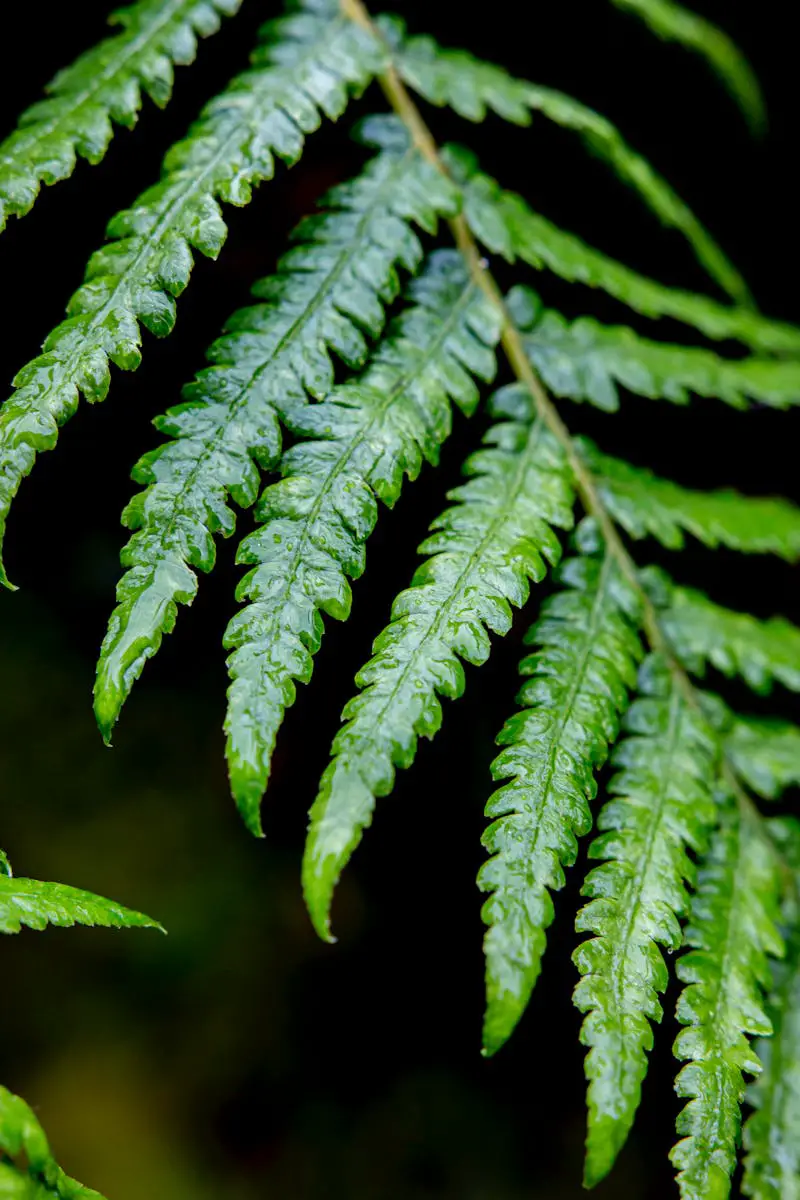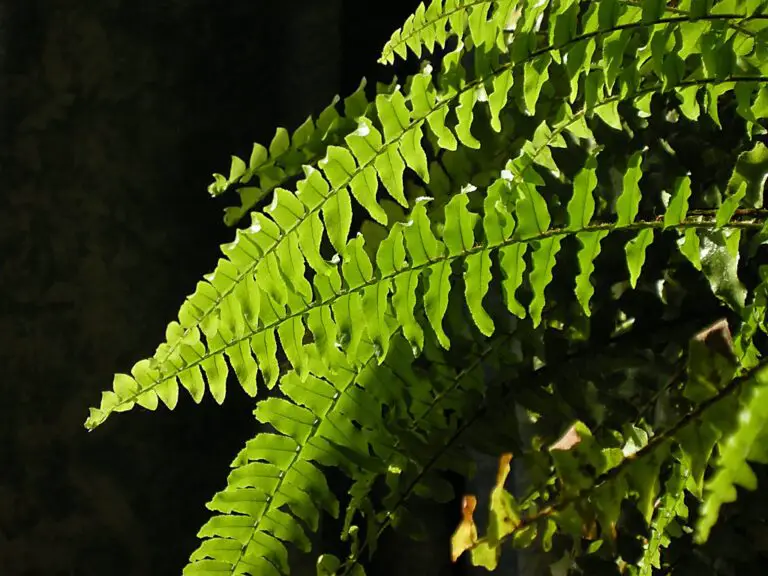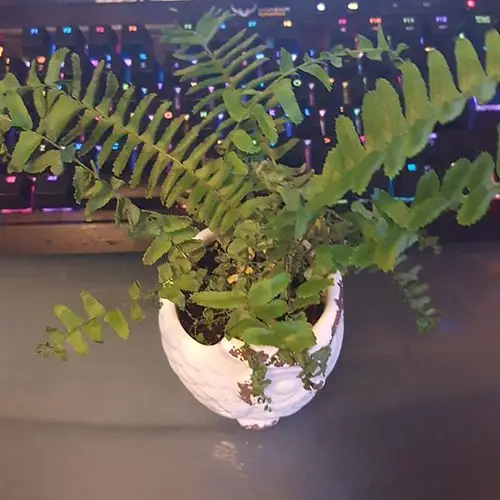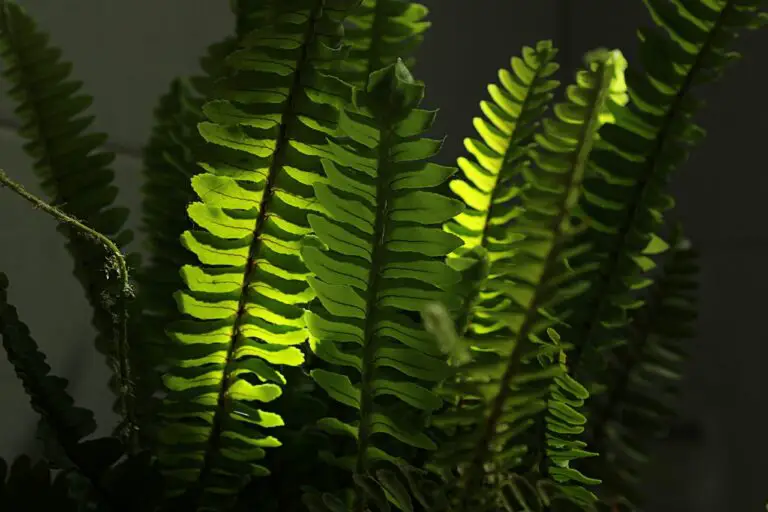Maintaining Ideal Temperature and Humidity for Your Indoor Boston Fern
Boston Ferns have carved a niche in the hearts of indoor plant enthusiasts with their luscious green fronds and air-purifying qualities, but their beauty hides a delicate nature that responds dramatically to environmental changes. In this comprehensive guide, we’ll explore why temperature and humidity are pivotal factors in the health of your Boston Fern, and how you can create the perfect microclimate to watch your plant flourish.
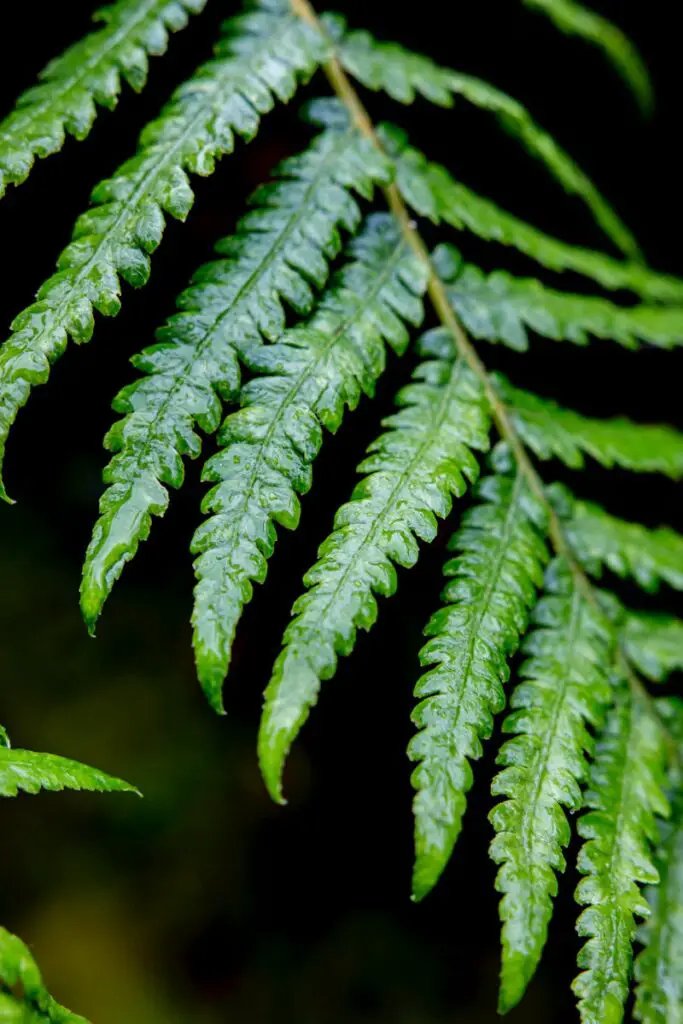
Introduction
Boston Ferns, known scientifically as Nephrolepis exaltata, hail from the tropical rainforests of South and Central America and the Caribbean, exhibiting distinctive feather-like fronds. These plants aren’t just aesthetically pleasing; they’re hard at work purifying the air in your home, too. However, to maintain their renowned health and vigor, particular care must be taken in managing the environment they are cultivated in.
Ideal Temperature for Boston Ferns
For indoor Boston Ferns, temperature is not about just keeping warm — it’s about finding the sweet spot. According to Dr. Botanist, renowned for their expertise in indoor greenery, a range between 60 to 75 degrees Fahrenheit is optimal. Variations outside of this range can result in slowed growth, leaf yellowing, or worse, frond drop. Consistency is key; rapid temperature changes, like those caused by air conditioning units or drafty windows, can stress the plant.
Optimal Humidity Levels
Boston Ferns are humidity hogs, preferring 40-50% humidity levels, which are often higher than the average home environment. This preference is rooted in their rainforest heritage, where the air is thick with moisture. Eva Green, a horticulturist focusing on tropical plants, advises that means such as regular misting, grouping plants, or using a humidifier can bridge the gap between what your fern craves and what your home can offer.
Tips for Maintaining Ideal Conditions
Achieving the right conditions doesn’t require a greenhouse, just a thoughtful tweak in how you care for your plant.
Placement and Lighting Considerations
Indirect or filtered light is the name of the game for Boston Ferns, as they loathe the intensity of direct sunlight. Sam Plants, an authority on indoor gardening, stresses that a warm patch of morning sun is acceptable, but anything beyond that spells trouble. Placement near windows — but not on the windowsill — can provide the perfect compromised light exposure. When considering placement, also keep in mind the importance of consistent lighting and temperature. Tricking ferns into thinking they’re in the jungle demands routine.
Watering and Misting Practices
Consistency in moisture is a golden rule. A good soak, not too often but not too rarely, with water that’s set out to reach room temperature is much appreciated. Keeping the soil slightly moist, not sodden or dry, mirrors the earthy conditions ferns thrive in. For the humidity boost they adore, ferns love a gentle misting on their fronds, or better yet, taking a steamy shower every once in a while. A tray full of pebbles with water, positioned under the plant to increase local humidity, is another practical method Fernando Jardín, the ferns and moss botanist, advocates.

Common Mistakes to Avoid
Just as there is a recipe for success, there is also a slate of errors that can rob your fern of its potential.
Overheating or Overcooling
Shield your fern from the extremes. Prolonged exposure to temperature spikes can lead to stress, and eventually, illness in the form of pests or disease. Drafts and changes between day and night can be problematic, too, so try to find them a corner that’s comfortably constant.
Humidity Fluctuations
Inconsistent humidity can add another layer of uncertainty, especially during the dry winter months or in spaces prone to frequent changes in moisture content. It’s like taking your fern on a rollercoaster ride, which is definitely not on their to-do list. Note that even if the temperature’s on point, if the air is too dry, you’re back to square one.
Conclusion
The health of your Boston Fern is tethered to the conditions it’s cultivated in. It’s a green guardian that serves your environmental health, and to ensure that it stands tall and thrives, you must be the steward of an environment that’s as close to its natural habitat as possible. With this knowledge in hand, you’re ready to take on the rewarding responsibility of keeping a Boston Fern in top form, enhancing not just your space, but the mind and soul with the tranquility of a plant that’s truly tailor-made for your indoor oasis.
Remember, a well-cared-for Boston Fern is not only an indoor plant, but a living testament to your gardening acumen. In emulating the balmy bosom of the tropical rainforest, you’re crafting a sanctuary within your home for one of nature’s marvels. And as you marvel at your fern’s glossy, green fronds, take heart in knowing that you’ve provided more than just shelter — you’ve provided a haven where your Boston Fern can breathe easy, content in the environment you’ve so considerately crafted.

